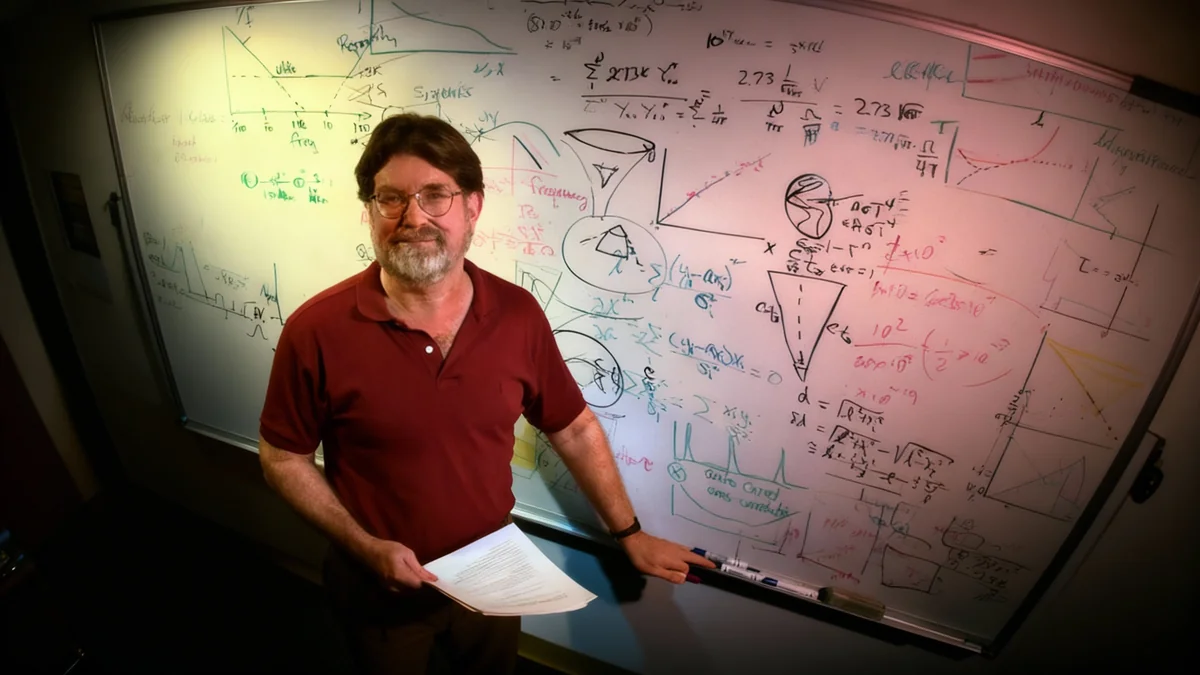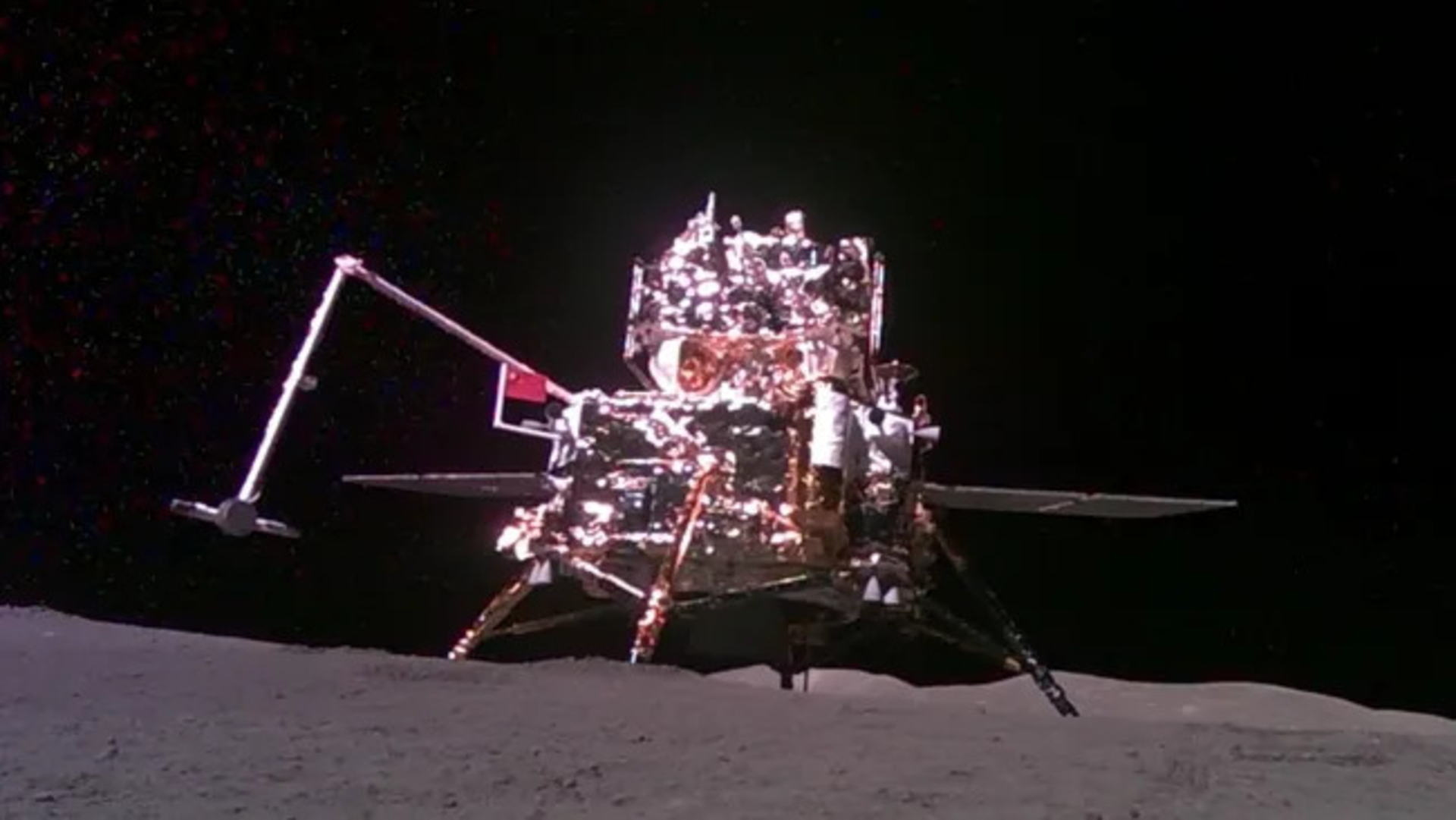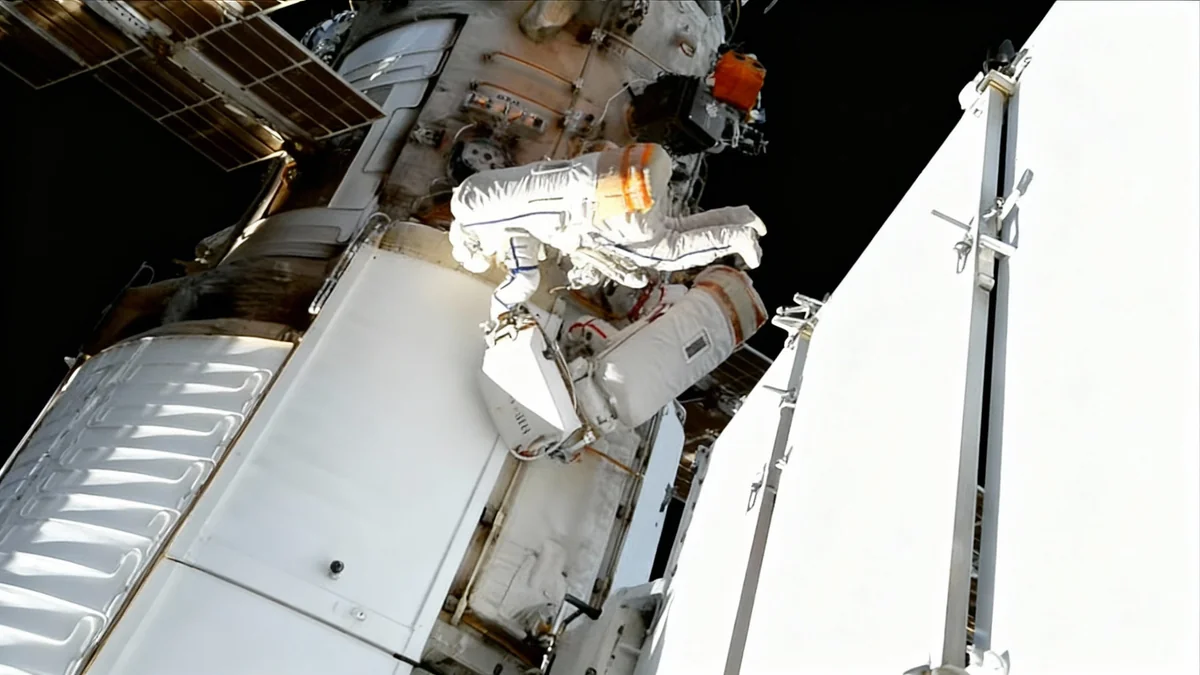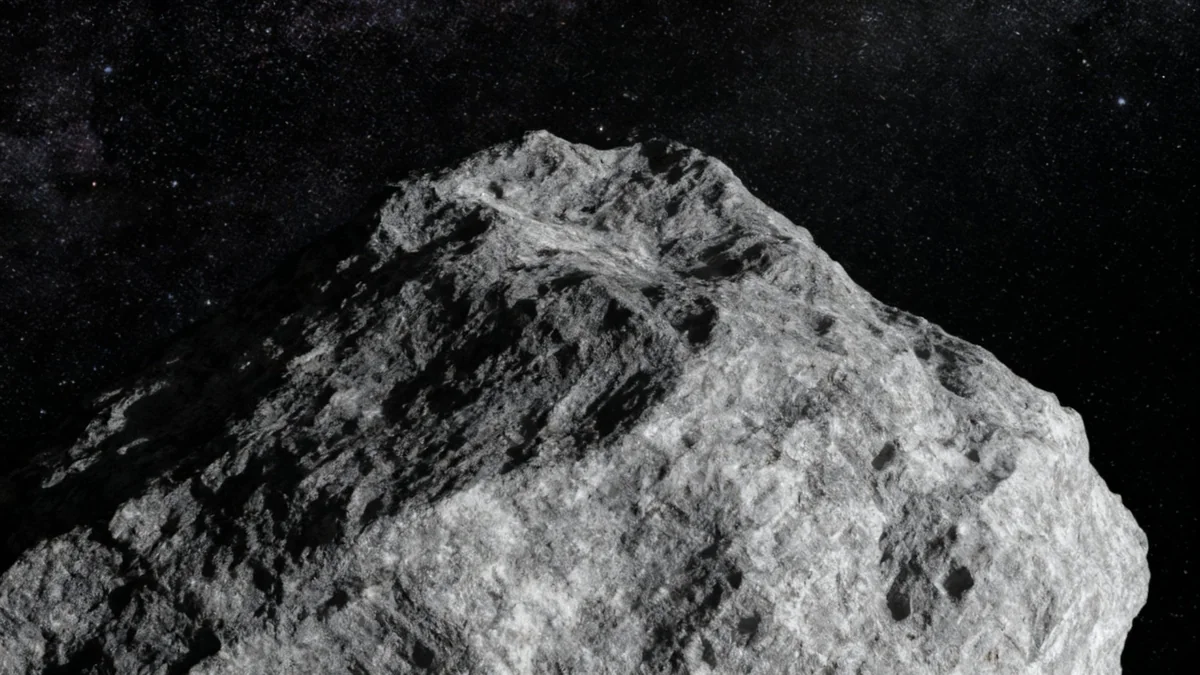George F. Smoot, the American physicist whose pioneering work provided some of the most compelling evidence for the Big Bang theory, has died at the age of 80. His death from cardiac arrest on September 18 at his home in Paris was confirmed by his sister, Sharon Bowie.
Dr. Smoot was awarded the Nobel Prize in Physics in 2006 for leading a team that captured the first detailed image of the infant universe, revealing the faint temperature variations that were the seeds of all cosmic structures, including the galaxies we see today.
Key Takeaways
- George F. Smoot, a Nobel Prize-winning physicist, has died at age 80.
- He led a team that provided crucial evidence supporting the Big Bang theory by mapping the early universe.
- His work involved developing a sensitive instrument to measure the cosmic microwave background radiation.
- The discovery of tiny temperature fluctuations earned him and John C. Mather the 2006 Nobel Prize in Physics.
The Quest for Cosmic Origins
For much of the 20th century, the Big Bang was a leading but unproven theory about the origin of the universe. Scientists theorized that if the universe began with a hot, dense explosion, a faint afterglow of that event should still be detectable. This remnant radiation, known as the Cosmic Microwave Background (CMB), was predicted to fill all of space.
While the CMB was first detected in 1965, its uniformity was a puzzle. A perfectly smooth early universe could not explain how matter clumped together to form stars, galaxies, and massive galaxy clusters. There had to be slight variations, or anisotropies, in the temperature of this background radiation.
What is the Cosmic Microwave Background?
The Cosmic Microwave Background (CMB) is electromagnetic radiation left over from the Big Bang. It is the oldest light in the universe, dating back to about 380,000 years after its creation. Studying its properties gives scientists a direct snapshot of the conditions of the early universe.
Finding these tiny fluctuations became one of the most significant challenges in modern cosmology. It was this challenge that Dr. Smoot, a research scientist at Lawrence Berkeley National Laboratory and the University of California, Berkeley, dedicated a significant portion of his career to solving.
An Instrument to See Back in Time
Beginning in the 1970s, Dr. Smoot led a team to design and build an instrument capable of detecting the minuscule temperature differences they were searching for. The task was monumental. The variations were predicted to be on the order of just one part in 100,000—equivalent to detecting a height difference of a few centimeters on a surface the size of a continent.
The instrument, the Differential Microwave Radiometer (DMR), was one of three main components of NASA's Cosmic Background Explorer (COBE) satellite. Launching a sensitive device into space was necessary to escape the atmospheric interference that hampered ground-based observations.
The COBE satellite, with Dr. Smoot's instrument aboard, was launched in 1989. For years, the team meticulously collected data, scanning the entire sky to build a comprehensive map of the cosmic microwave background.
The COBE mission was a massive undertaking, involving more than 1,000 researchers, engineers, and scientists. Its findings fundamentally reshaped our understanding of the universe's structure and evolution.
The Primordial Seeds of Galaxies
In 1992, the COBE team announced their groundbreaking results. They had successfully mapped the CMB and found the tiny temperature variations they had been looking for. The map showed slightly hotter and colder spots across the infant universe, confirming the predictions of the Big Bang model.
Dr. Smoot described these fluctuations as the "primordial seeds" from which all large-scale structures in the cosmos grew. The slightly denser, hotter regions had stronger gravity, allowing them to attract more matter over billions of years, eventually forming the vast clusters of galaxies that populate the universe today.
The discovery was a landmark moment in science. It transformed cosmology from a field rich in theory to one grounded in precise observational data. It provided a firm foundation for the standard model of cosmology that scientists still use.
The discovery of these variations was hailed as one of the most important scientific findings of the 20th century, providing a direct look at the structure of the universe when it was less than 400,000 years old.
A Nobel Prize and a Lasting Legacy
The profound impact of the COBE mission's findings was formally recognized in 2006 when George F. Smoot and John C. Mather, the project's lead scientist, were jointly awarded the Nobel Prize in Physics. The Nobel committee cited their work "for their discovery of the blackbody form and anisotropy of the cosmic microwave background radiation."
Dr. Smoot's work did not stop with COBE. The precision map he helped create paved the way for subsequent, even more detailed missions, such as NASA's Wilkinson Microwave Anisotropy Probe (WMAP) and the European Space Agency's Planck satellite. Each mission has refined our understanding of the universe's age, composition, and ultimate fate, but they all stand on the foundation laid by Dr. Smoot and the COBE team.
His contribution was not just in data, but in providing a tangible image of our cosmic origins. By revealing the ancient patterns woven into the fabric of spacetime, George Smoot helped answer one of humanity's oldest questions: where did everything come from? His work gave us a glimpse of the universe in its first moments, a legacy that will continue to inspire scientists for generations to come.





